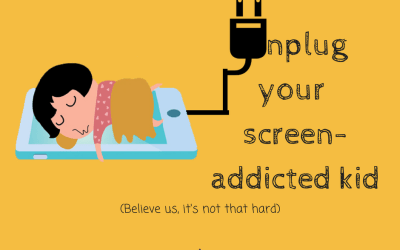We have to demonstrate healthy reading habits if we want our children to emulate our behavior. Be a good role model, and read every day yourself whether it is a newspaper article, a magazine, or a book. Just do something more substantive than scroll mindlessly through social media.
Read bedtime stories with your young children. (Telling bedtime stories with Math concepts is a great way to help your child improve both English and math fluency.)
Step 2: Create an inviting environment to read
Your child should have a comfortable and quiet place to read. Tempt your kids to read by having a large supply of appealing books and magazines at their reading level. Keep your reading area free of electronics, toys, art supplies or other things that could distract students from listening to or reading a story.
Step 3: Choose the RIGHT book to read
Choose books that fit your child’s reading level, interesting enough to hold their interest, and short enough to keep them engaged. Rather than telling kids what you’re going to read, ask them what they want to read. You can ask for suggestions or let them choose between two or three different books. When children are involved in the decision-making process, they feel more responsible and are more likely to stay focused.
By the way, it’s perfectly okay if she insists to read the same book over and over again. In fact, that is a sign she is building joy in reading!
Step 4: Praise their effort
Children need to feel that they are making progress (actually adults do too!). Parents are in an ideal position to motivate their children, even if they have only basic English themselves. Even better yet, children take to hear when they see their parents learning new things alongside them.
In Vietnamese families, we are often concerned about “saving face” and showing that parents know everything. But I have found that being curious and saying “I don’t know” encourages my children to want to teach me. And trust me, when my son has an opportunity to explain how magma and lava from volcanoes are related, that becomes a moment of pride that he remembers long after. It’s that small moment he sees that it’s ok for me to show that I don’t know everything, but that I can and will learn. I hope he then embraces that same growth mindset.
Step 5: Build up a vocabulary list
After reading a story at your child’s reading level, use some of the words from that story immediately afterward in a sentence. Write down new words on index cards. Use these cards to play a game like Memory.
Practicing sight words, also known as high-frequency words, with your kids is also one of the most important ways to speed reading processing times. There are so many options out there, but one super simple one is these Rainbow Sight Words (they charge $3) based on Fry’s list of the first 300 words English learners should know. Print them out as flashcards and review them every day until it becomes second nature.

Step 6: Chunk reading times
Children also naturally have shorter attention spans than adults, so we try to keep the reading bursts short. In kindergarten, we aim for 5-10 minutes (one or two short books), and in first grade, we are generally aiming for 10-15 minutes per session. At Everest Education, we guide towards roughly 5 minutes of active reading per grade level, so a 5th grader would not be expected to read for more than 25 minutes in one sitting.















